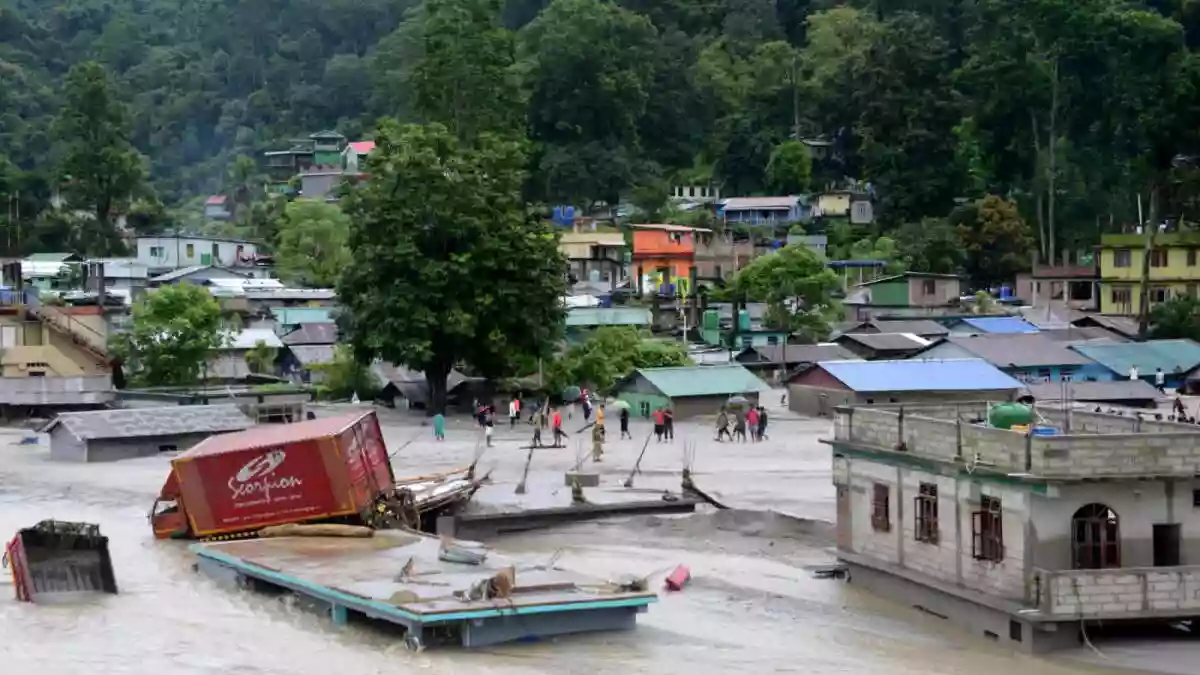Jammu and Kashmir hit by 5.8 magnitude earthquake, no casualties reported
.gif)
.gif)

One of the two solar-powered twin-camera and automated weather stations installed in high-risk glacial lakes in Sikkim faced technical difficulties, ceasing transmission signals just three days after installation in September. These stations, deployed by two multi-agency teams led by the National Disaster Management Authority (NDMA), were established on September 16, 2023, with the aim of enhancing early warning systems for glacial lake outburst floods (GLOFs).
Despite the challenges posed by the remote and harsh terrain, the installation marked a preparatory mission to identify suitable locations for weather stations and sensors for future expeditions.
While one of the weather stations in South Lhonak stopped transmitting after September 19, the Shako Cho equipment continues to provide daily data. The program is part of the GLOF Risk Mitigation Programme, aiming to extend early warning systems to high-risk glacial lakes in India. Several agencies, including NDMA, Sikkim government, Indian Army, ITBP, and others, collaborated in the installation of these automated weather stations.